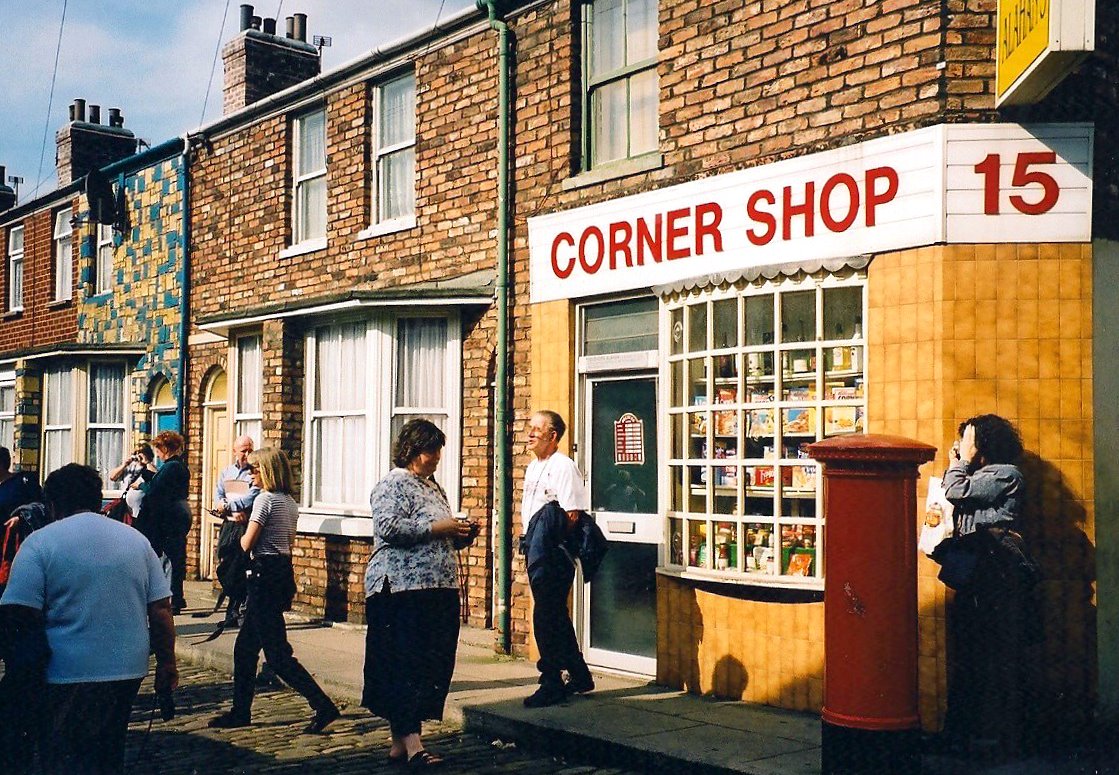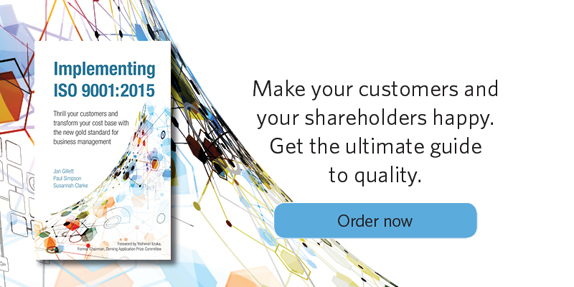Context is king when implementing the new ISO 9001 standard
26 November 2015 by Catherine Holdsworth in Business and finance, Implementing ISO 9001:2015
Paul Simpson, co-author of Implementing ISO 9001:2015, argues that while all organisations understand the markets they operate in, it’s through using the example of a corner shop that we can gain insights into how to apply this knowledge to satisfy the ISO 9001:2015 requirements.
The 5th edition of ISO 9001 contains significant requirements for organisations to assess and take actions on information in their working environment.
In a small number of words the standard creates huge responsibilities for the organisation’s leaders and the only effective way to demonstrate those requirements are met is to look at the organisation as a system and understand the processes that interact with others in the operating environment.
So, what does that mean in practice?
Thinking of my local corner shop to test out a concept
I live in a village where my local shop owner has a very good idea about who her customers are, and their buying patterns. She knows her regulars and those who pop in once a month for a pint of milk late on Sunday. Each time a customer purchases something it is scanned and goes through the till and she gets sales reports as often as she wants. Her staff make a note when someone asks for something not in stock and, periodically, she sits down and decides whether the current stock holding needs to change.

She has supplier reps and multiple mail shots from suppliers to give options and alternative products to stock. Her stock deliveries take place twice a week and an emergency delivery can be called up if needed. She knows her regular sales team, their strengths and weaknesses and sickness patterns and meets each of them daily and talks about what is happening currently and what she plans to do.
In the village the Parish Council is fairly active and occasionally she meets one of the councillors and they talk about village traffic, problems with parking and litter. All in all the relationship is amicable. In surrounding villages there are similar shops and recently one of the majors opened an express outlet.
In all of the above there are risks and opportunities that can affect the sustainability of her business so she has a plan that attempts to deal with the risks and maximise the opportunities. The plan is in her head and is occasionally discussed with her husband and some ideas are tested with selected customers. The plan adapts in the light of changes to the operating environment of the store.
In the spirit of ISO 9001:2015
So, in my example, we have a system (corner shop) operating in a range of wider systems (village, local area, grocery supply network). The shop is part of a range of processes that take food from farm to fork and news from event to the reader. Each process is operating in real time and competes for time from members of staff and space in the owner’s head in terms of developing plans and strategies.
I’ll put my neck on the line here and state that not only is my local shop owner doing a good job of running her business but her practices are in line with The Deming cycle and meet the spirit and letter of the requirements in ISO 9001:2015.
For larger organisations context assessment is a much more complicated process, part of strategic management but, if done well, requires no further effort to comply with ISO 9001:2015.
If, however, you haven’t done this piece of work effectively not only are you in serious danger of failing to meet your system objectives of being a sustainable, profitable business but you cannot hang your 2015 certificate on the wall in reception with a clear conscience.

